Rafael Gomes Mantovani
Rethinking Default Values: a Low Cost and Efficient Strategy to Define Hyperparameters
Aug 19, 2020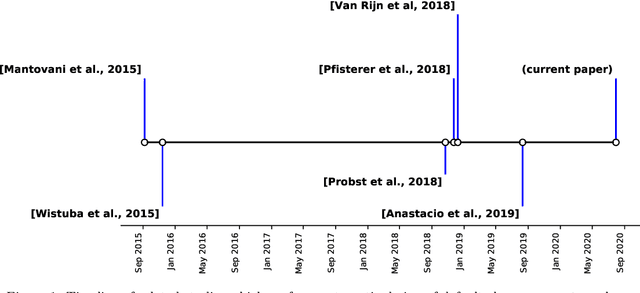
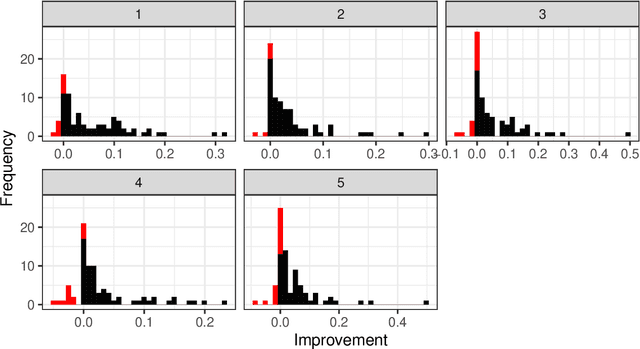
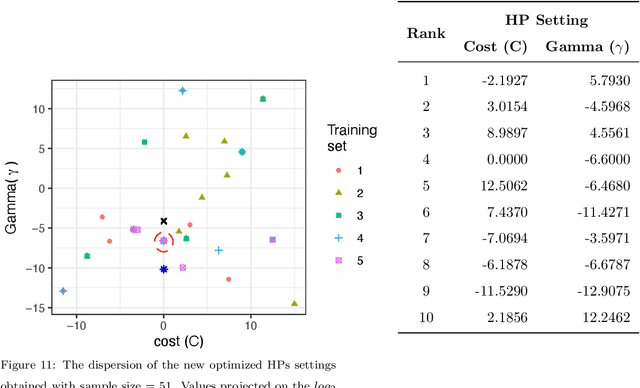
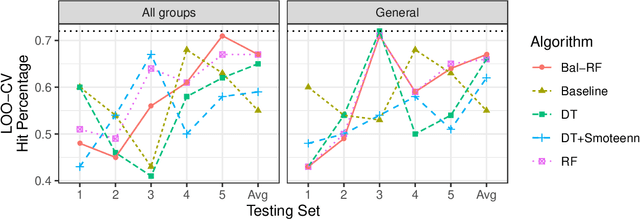
Abstract:Machine Learning (ML) algorithms have been successfully employed by a vast range of practitioners with different backgrounds. One of the reasons for ML popularity is the capability to consistently delivers accurate results, which can be further boosted by adjusting hyperparameters (HP). However, part of practitioners has limited knowledge about the algorithms and does not take advantage of suitable HP settings. In general, HP values are defined by trial and error, tuning, or by using default values. Trial and error is very subjective, time costly and dependent on the user experience. Tuning techniques search for HP values able to maximize the predictive performance of induced models for a given dataset, but with the drawback of a high computational cost and target specificity. To avoid tuning costs, practitioners use default values suggested by the algorithm developer or by tools implementing the algorithm. Although default values usually result in models with acceptable predictive performance, different implementations of the same algorithm can suggest distinct default values. To maintain a balance between tuning and using default values, we propose a strategy to generate new optimized default values. Our approach is grounded on a small set of optimized values able to obtain predictive performance values better than default settings provided by popular tools. The HP candidates are estimated through a pool of promising values tuned from a small and informative set of datasets. After performing a large experiment and a careful analysis of the results, we concluded that our approach delivers better default values. Besides, it leads to competitive solutions when compared with the use of tuned values, being easier to use and having a lower cost.Based on our results, we also extracted simple rules to guide practitioners in deciding whether using our new methodology or a tuning approach.
Towards meta-learning for multi-target regression problems
Jul 25, 2019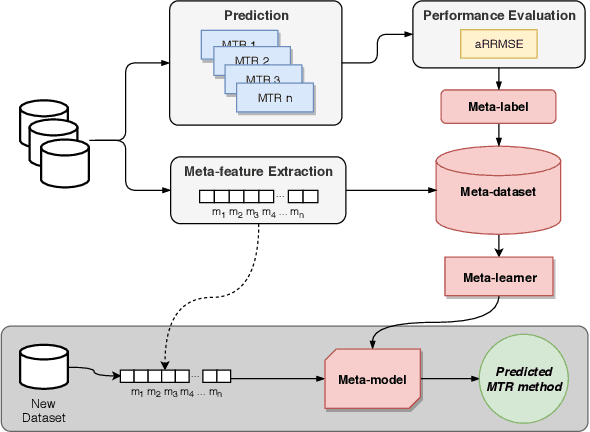
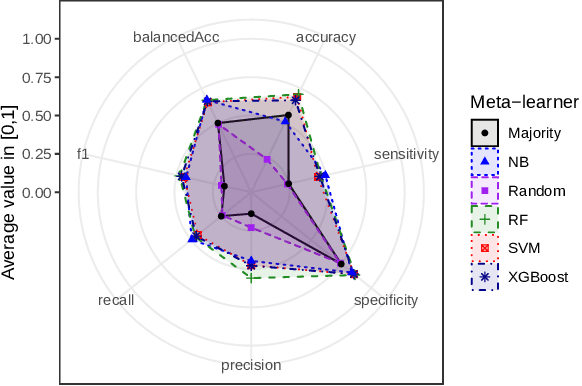


Abstract:Several multi-target regression methods were devel-oped in the last years aiming at improving predictive performanceby exploring inter-target correlation within the problem. However, none of these methods outperforms the others for all problems. This motivates the development of automatic approachesto recommend the most suitable multi-target regression method. In this paper, we propose a meta-learning system to recommend the best predictive method for a given multi-target regression problem. We performed experiments with a meta-dataset generated by a total of 648 synthetic datasets. These datasets were created to explore distinct inter-targets characteristics toward recommending the most promising method. In experiments, we evaluated four different algorithms with different biases as meta-learners. Our meta-dataset is composed of 58 meta-features, based on: statistical information, correlation characteristics, linear landmarking, from the distribution and smoothness of the data, and has four different meta-labels. Results showed that induced meta-models were able to recommend the best methodfor different base level datasets with a balanced accuracy superior to 70% using a Random Forest meta-model, which statistically outperformed the meta-learning baselines.
A meta-learning recommender system for hyperparameter tuning: predicting when tuning improves SVM classifiers
Jun 11, 2019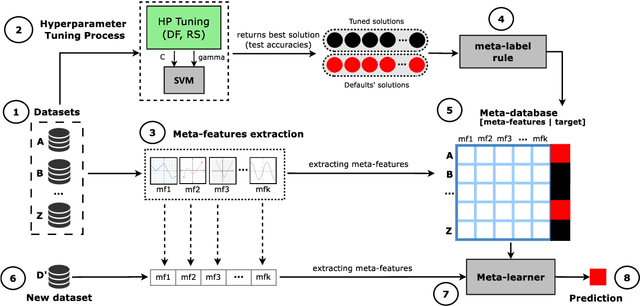


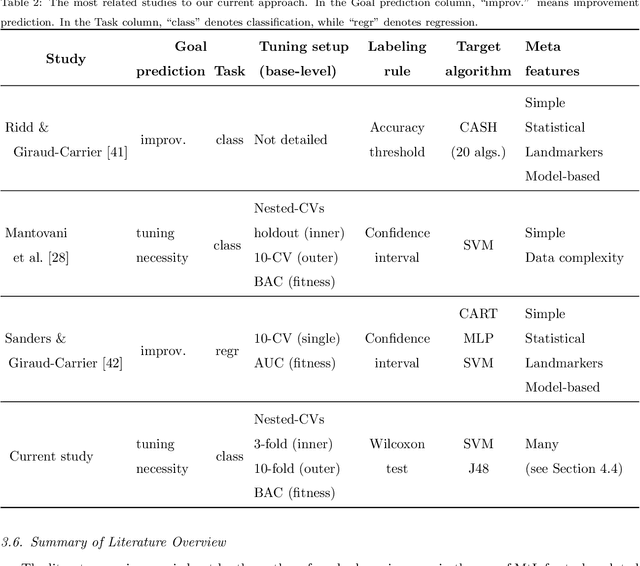
Abstract:For many machine learning algorithms, predictive performance is critically affected by the hyperparameter values used to train them. However, tuning these hyperparameters can come at a high computational cost, especially on larger datasets, while the tuned settings do not always significantly outperform the default values. This paper proposes a recommender system based on meta-learning to identify exactly when it is better to use default values and when to tune hyperparameters for each new dataset. Besides, an in-depth analysis is performed to understand what they take into account for their decisions, providing useful insights. An extensive analysis of different categories of meta-features, meta-learners, and setups across 156 datasets is performed. Results show that it is possible to accurately predict when tuning will significantly improve the performance of the induced models. The proposed system reduces the time spent on optimization processes, without reducing the predictive performance of the induced models (when compared with the ones obtained using tuned hyperparameters). We also explain the decision-making process of the meta-learners in terms of linear separability-based hypotheses. Although this analysis is focused on the tuning of Support Vector Machines, it can also be applied to other algorithms, as shown in experiments performed with decision trees.
* 49 pages, 11 figures
An empirical study on hyperparameter tuning of decision trees
Dec 05, 2018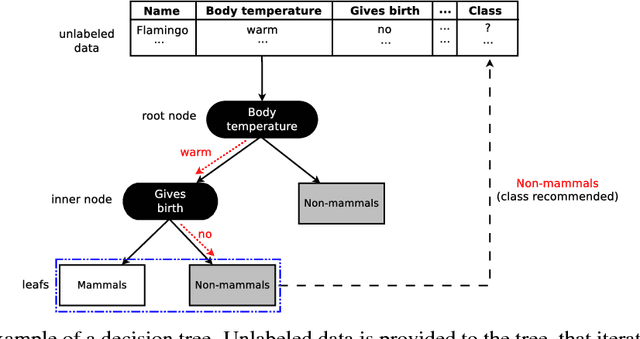
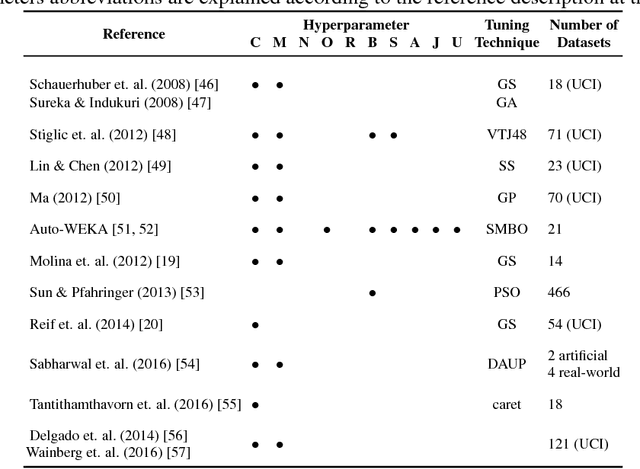
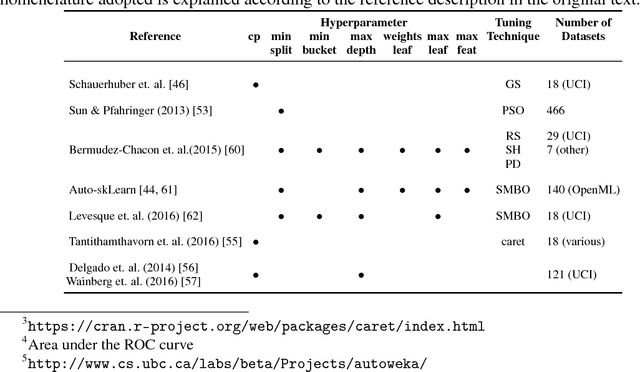
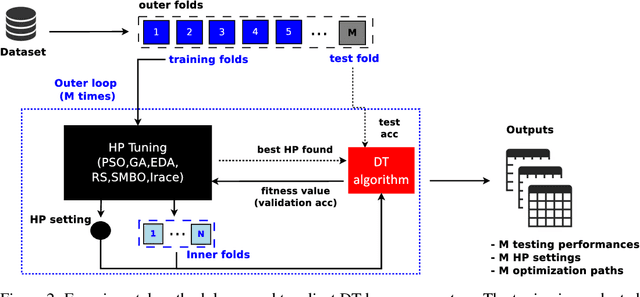
Abstract:Machine learning algorithms often contain many hyperparameters whose values affect the predictive performance of the induced models in intricate ways. Due to the high number of possibilities for these hyperparameter configurations, and their complex interactions, it is common to use optimization techniques to find settings that lead to high predictive accuracy. However, we lack insight into how to efficiently explore this vast space of configurations: which are the best optimization techniques, how should we use them, and how significant is their effect on predictive or runtime performance? This paper provides a comprehensive approach for investigating the effects of hyperparameter tuning on three Decision Tree induction algorithms, CART, C4.5 and CTree. These algorithms were selected because they are based on similar principles, have presented a high predictive performance in several previous works and induce interpretable classification models. Additionally, they contain many interacting hyperparameters to be adjusted. Experiments were carried out with different tuning strategies to induce models and evaluate the relevance of hyperparameters using 94 classification datasets from OpenML. Experimental results indicate that hyperparameter tuning provides statistically significant improvements for C4.5 and CTree in only one-third of the datasets, and in most of the datasets for CART. Different tree algorithms may present different tuning scenarios, but in general, the tuning techniques required relatively few iterations to find accurate solutions. Furthermore, the best technique for all the algorithms was the Irace. Finally, we find that tuning a specific small subset of hyperparameters contributes most of the achievable optimal predictive performance.
 Add to Chrome
Add to Chrome Add to Firefox
Add to Firefox Add to Edge
Add to Edge